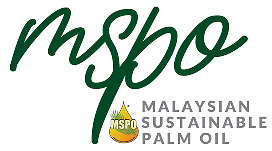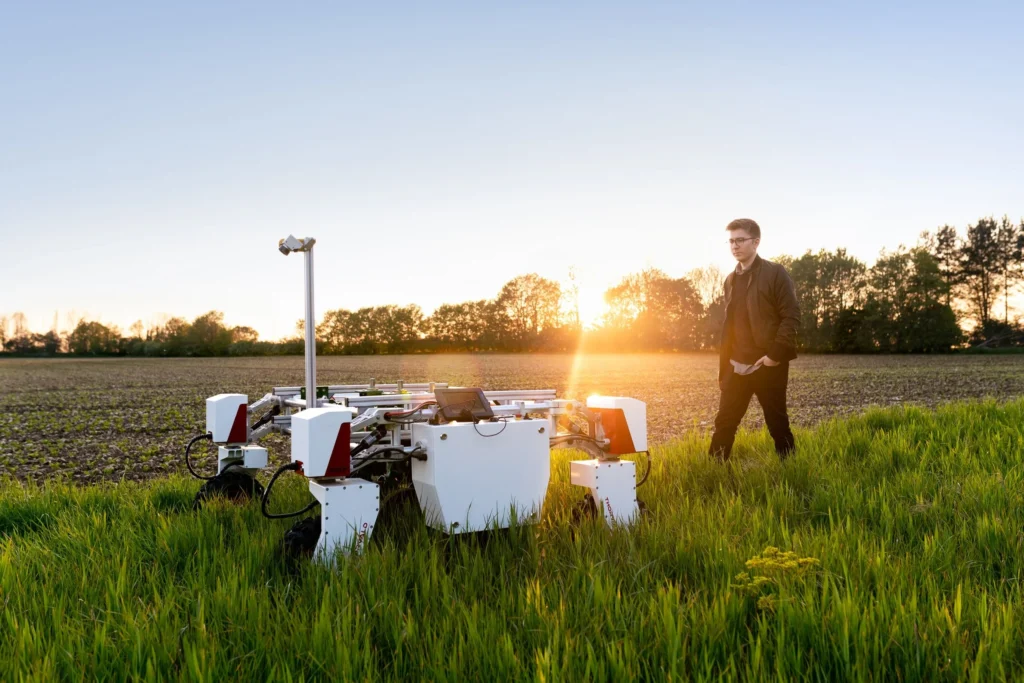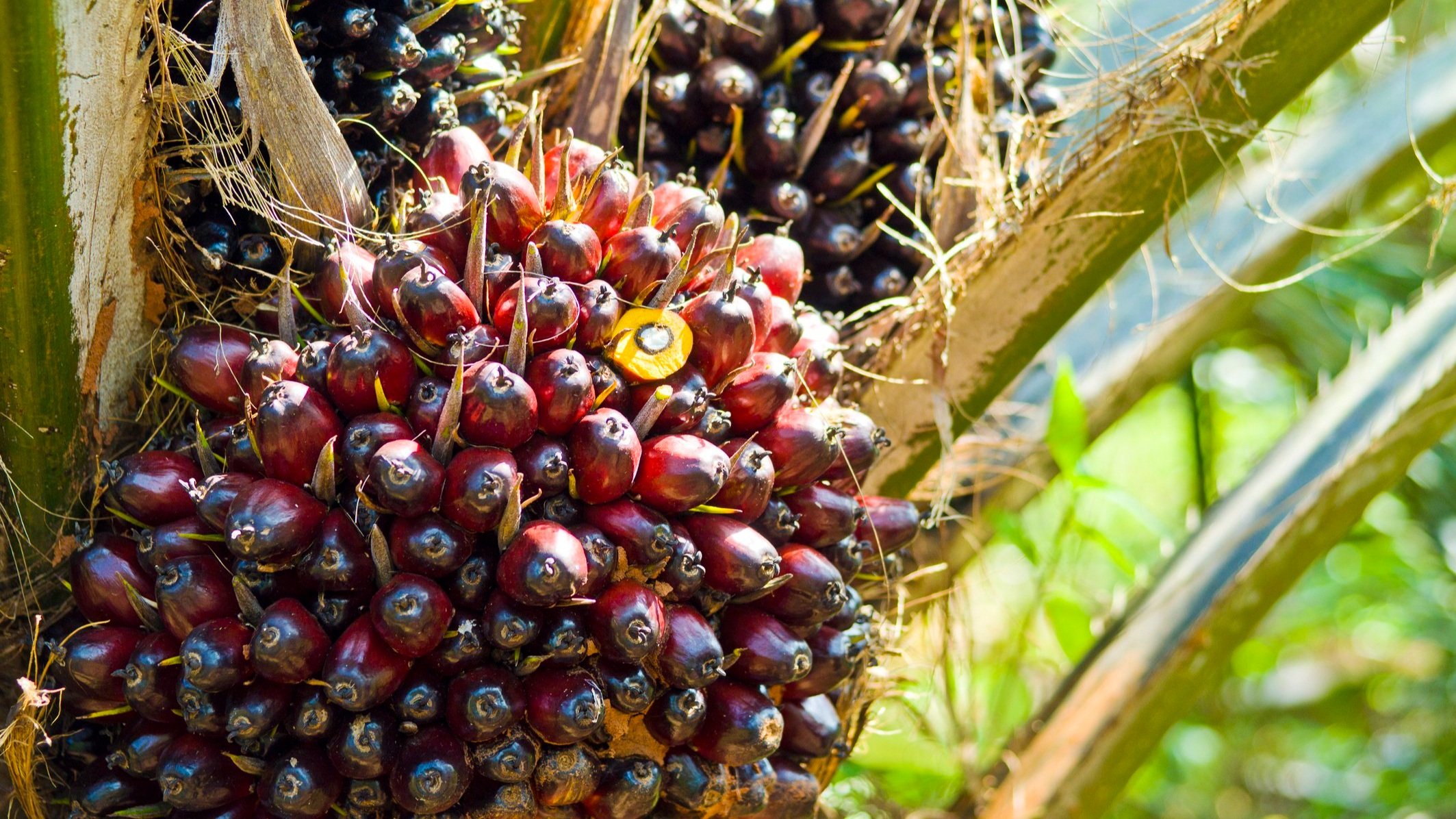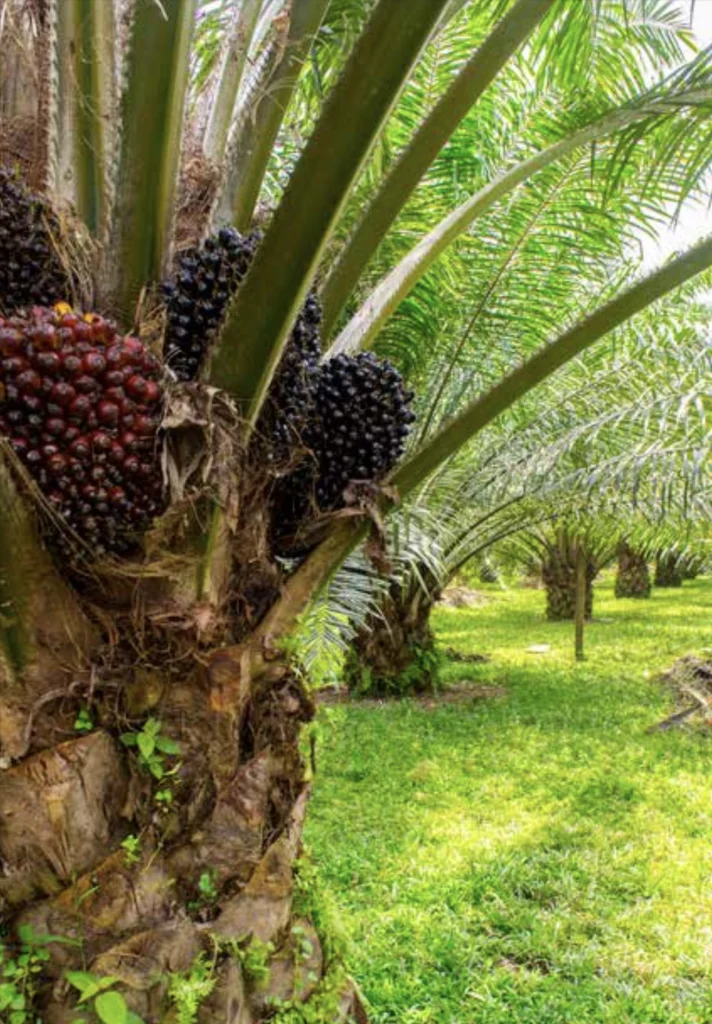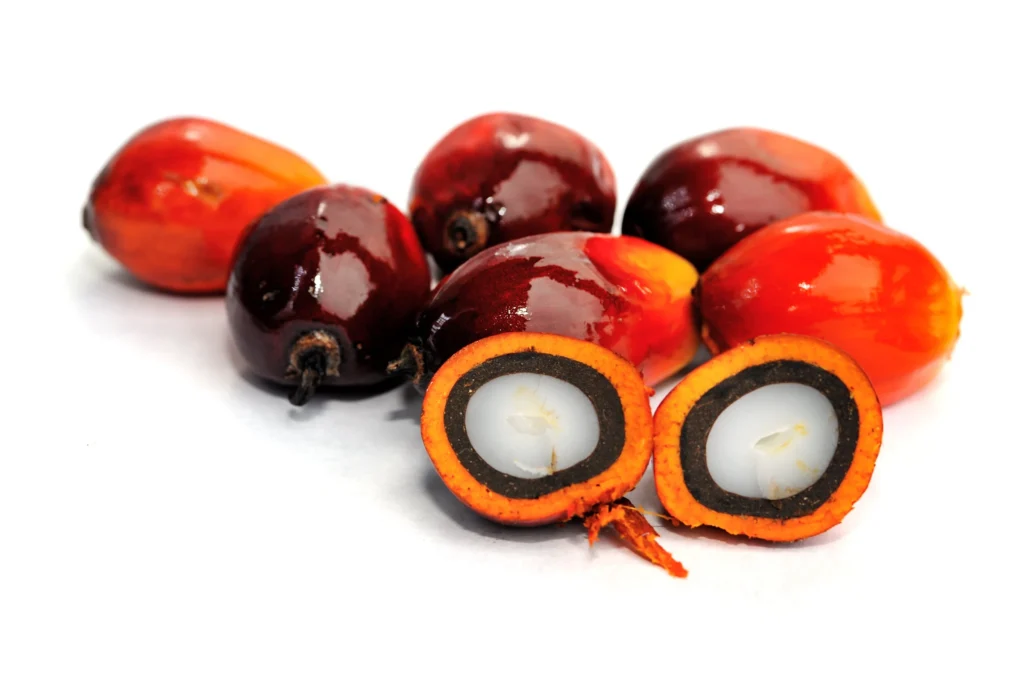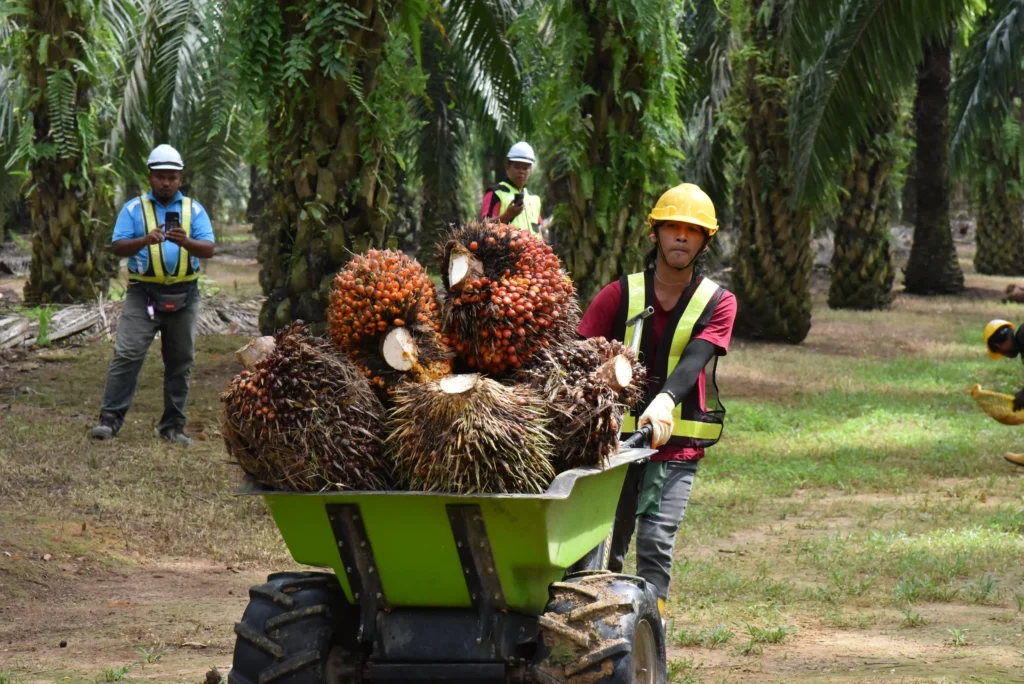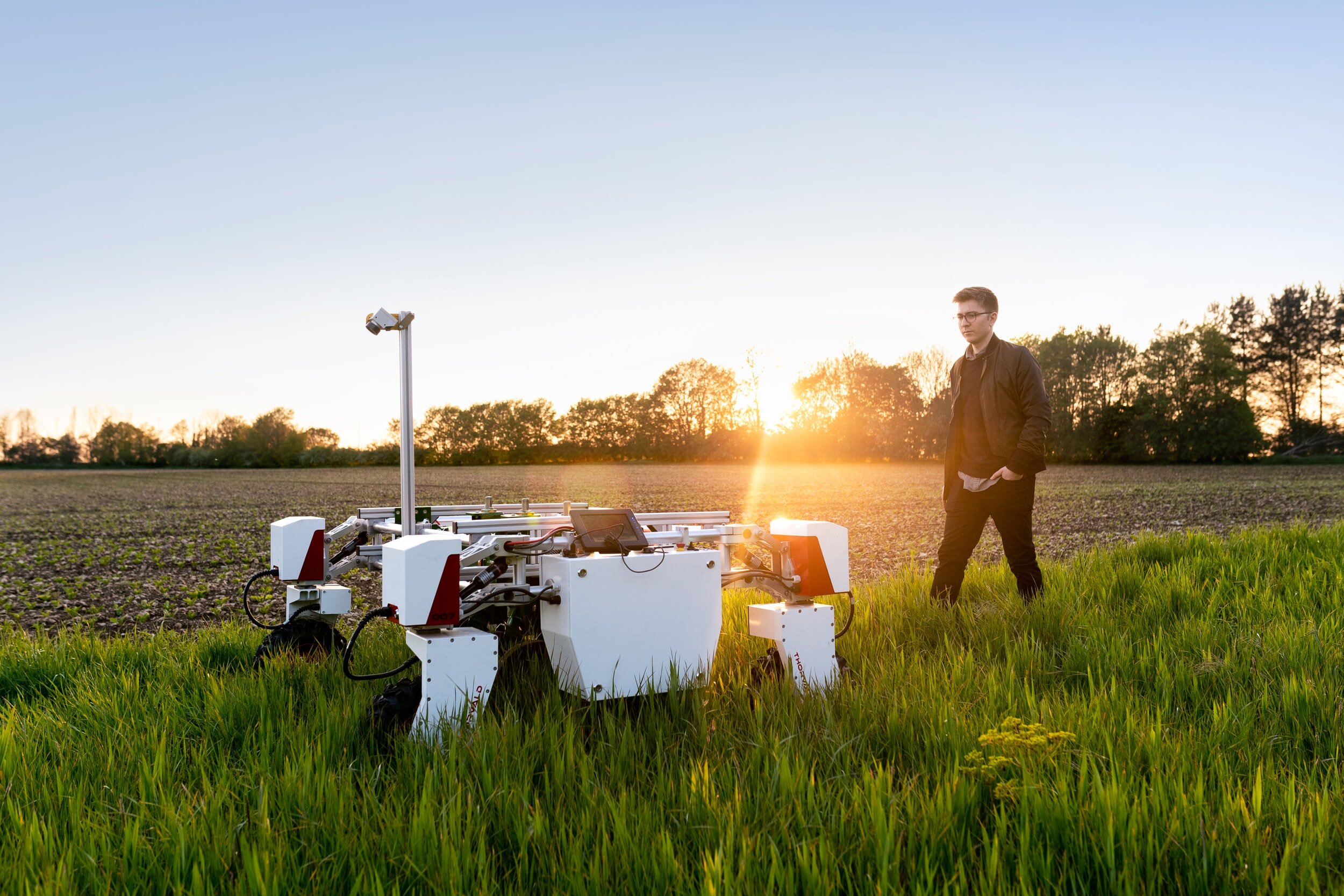
“Unprecedented changes in climate and biodiversity, driven by human activities, have combined and increasingly threaten nature, human lives, livelihoods and well-being around the world. Biodiversity loss and climate change are both driven by human economic activities and mutually reinforce each other.”
The warnings are urgent. Business as usual cannot continue. The hard question is how do we reduce the impact of human activities while meeting the needs of a rising human population?
Palm oil as the vegetable oil with the most efficient use of land for food and fuel is a clear choice for a sustainable commodity. Even with its efficiency, there are limits as to how much land can be used for palm oil cultivation before biodiversity is threatened.
For those of us who work with the Malaysian Sustainable Palm Oil scheme, there is considerable pride in having created a global model for a sustainable commodity.
Yet there is a feeling that more could be done beyond certification. The thing is, certification shows that the production can be sustained to meet the needs of humans and nature today but what of the future generations?
Food shortages as countries recover from the pandemic show clearly that more needs to be done in order for a sustainable commodity to meet future needs as human populations increase. The concepts of regenerative agriculture, circular economies and net-zero targets for agricultural crops have stood out as they all represent solutions.
The drive towards regenerative agriculture in other countries that produce soy or rapeseed are non-issues for palm oil as
palm oil is naturally regenerative by their definitions
. However, the concepts of circular economies and net-zero are starting to firm up in the Malaysian palm oil industry.
These are not exactly new as the industry had long recognised that arable land is finite but the push for circular economies and net-zero in other countries shows that these concepts need to be organised in Malaysia.
As an example, decades long research and development into land and crop production efficiency by the
Malaysian Palm Oil Board
have yielded results that boosted yields per hectare.
Science and Technology to Spearhead Sustainability in Vegetable Oils

The increasing use of mechanisation has led to higher yields through efficient harvesting, but it is through science that the Malaysian palm oil industry has been able to ratchet up yield per hectare. The most dynamic contribution by science towards sustainable palm oil is in the leveraging of genomics which achieved superior yielding oil palm trees.
For the industry to target circular economies and net-zero goals the challenge to the industry is obvious. Creating a sustainable source of food and energy today to meet the needs of future generations.
The Malaysian members of
Institution of Chemical Engineers (IChemE),
a multi-national institution with primary offices in the UK and Australia have done some great work towards this target.
Ir Qua Kiat Seng, a senior lecturer at Monash University Malaysia and a fellow of Monash-Industry Palm Oil Education and Research (MIPO) Platform and a member of the working group for the review of MSPO Standards (MS2530:2013) laid out the needful for the industry. In a detailed opinion, he laid out
what Malaysia needs to do on a national and industry level
:
“The palm oil industry is in a good position of having started its sustainability journey, which is inevitably tied to climate change, as far back as 2004. The MSPO is a key vehicle for this as it gains momentum and shortly crosses the 90% planted area certification milestone. The palm oil industry can seize this opportunity to rebrand its sustainability story that net-zero carbon emissions present.”
Fellow engineer Hong Wai Onn, a founding member of
IChemE’s Palm Oil Processing Special Interest Group (POPSIG)
who is currently a Technical Service Manager of
Novozymes
in Malaysia shared his findings at the Malaysian Palm Oil Council’s Science and Sustainability webinar.
The key conclusion from these chemical engineers is that as important as plantations and their impact on the environment is, a sustainable commodity must employ science to maximise the returns from its land use.
Towards Net-Zero Carbon Neutral Palm Oil
As Qua pointed out,
“As palm biodiesel is a renewable source of energy, we can look forward to a marked increase in the use of palm biodiesel in Malaysia to meet its net-zero carbon emissions goal. Increasingly, low quality palm oil recovered from POME (about 2% to 3%) is being converted into value-added biodiesel while assuring the high quality of crude palm oil (CPO).
Much work is also going on to reduce palm oil loss at the mill. The industry uses the term “oil extraction rate” (OER) and in Malaysia, this is between 19% and 21%. Based on the global production of palm oil in 2018, about three million tonnes of additional palm oil can be produced globally with a 1% increase in OER. Conversely, in both instances, less land will be required.”
Hong Wai Onn whose field of specialty is in biotechnology detailed how biotech could optimize yield, reduce emissions and lower land use. His findings showed that a major contributor to palm oil’s emission footprint in POME, could be turned from a source of pollution into an energy source for palm oil mills with the potential to feed into the national grid.
Methane capture is already in use in some palm oil mills in Malaysia. A
paper published by the MPOB
identified the GHG savings in biogas capture and how it would contribute to meeting the EU RED requirements for biodiesel.
The work of these chemical engineers point to an exciting potential for the palm oil industry to produce more using the same resources while reducing its impact on climate change. This is the goal that all industries should aspire to.
Even as the world grapples with the pandemic, one can use the lessons from this extraordinary time to start a drive towards sustainability that includes nature and biodiversity for future generations.
